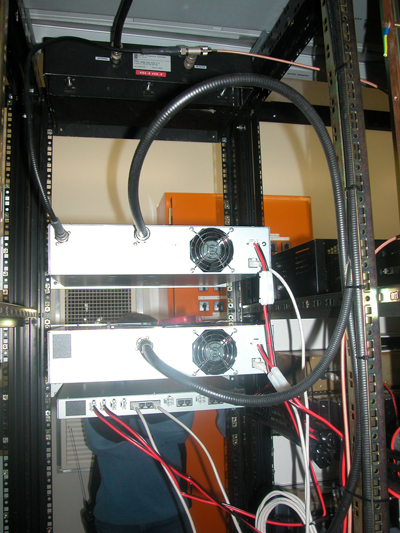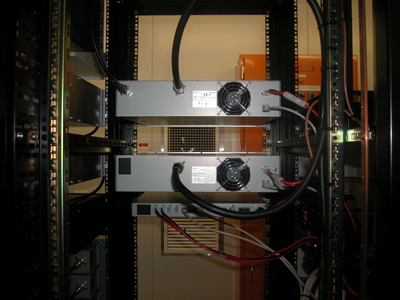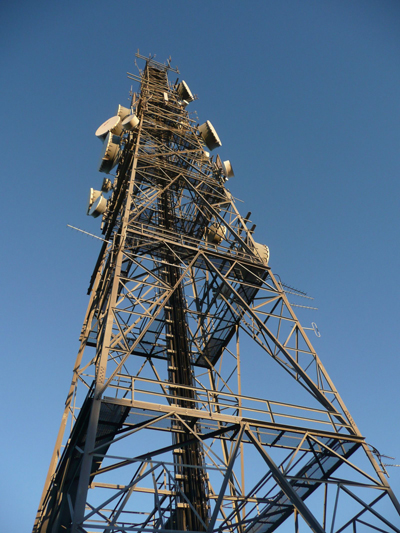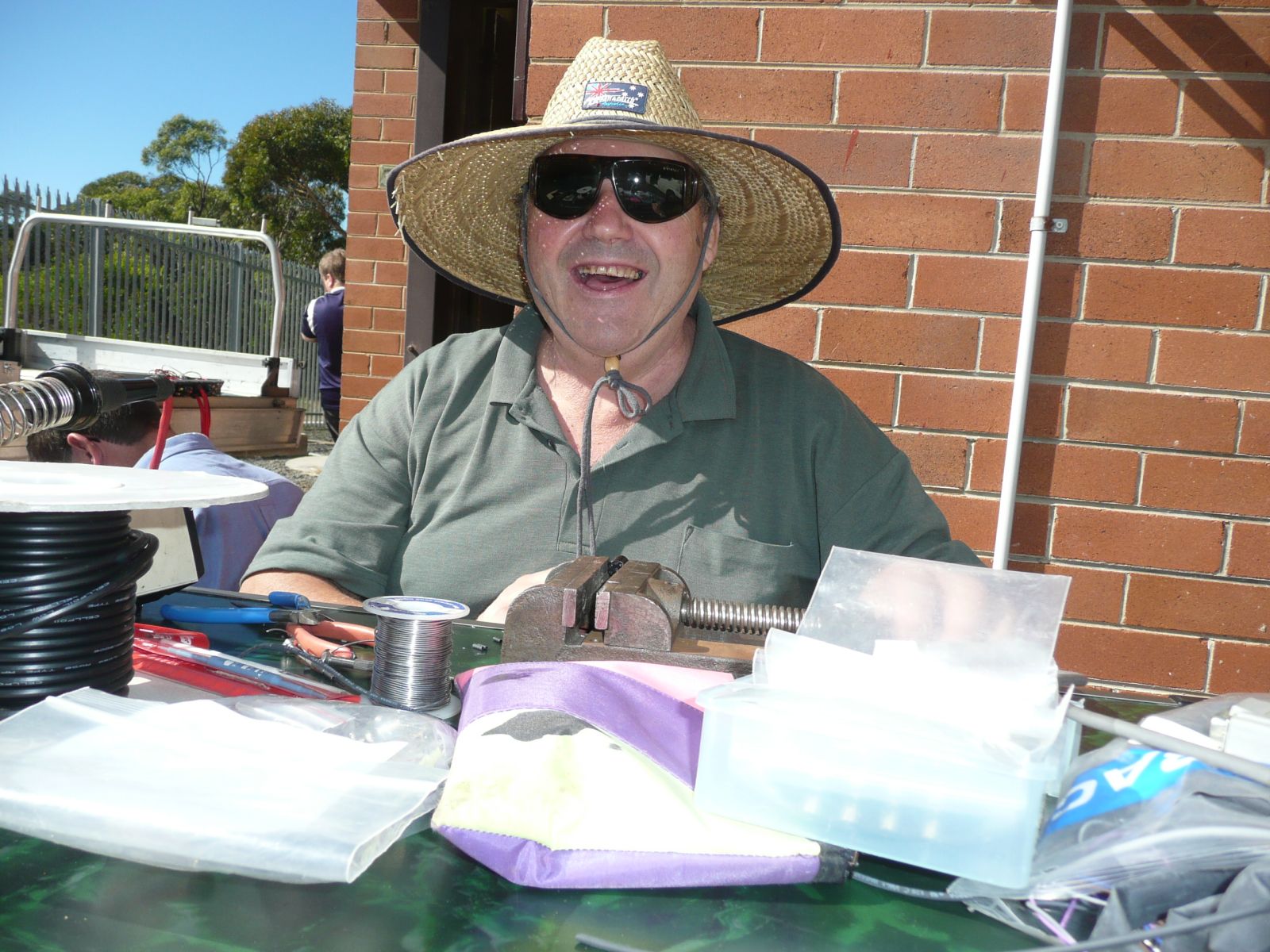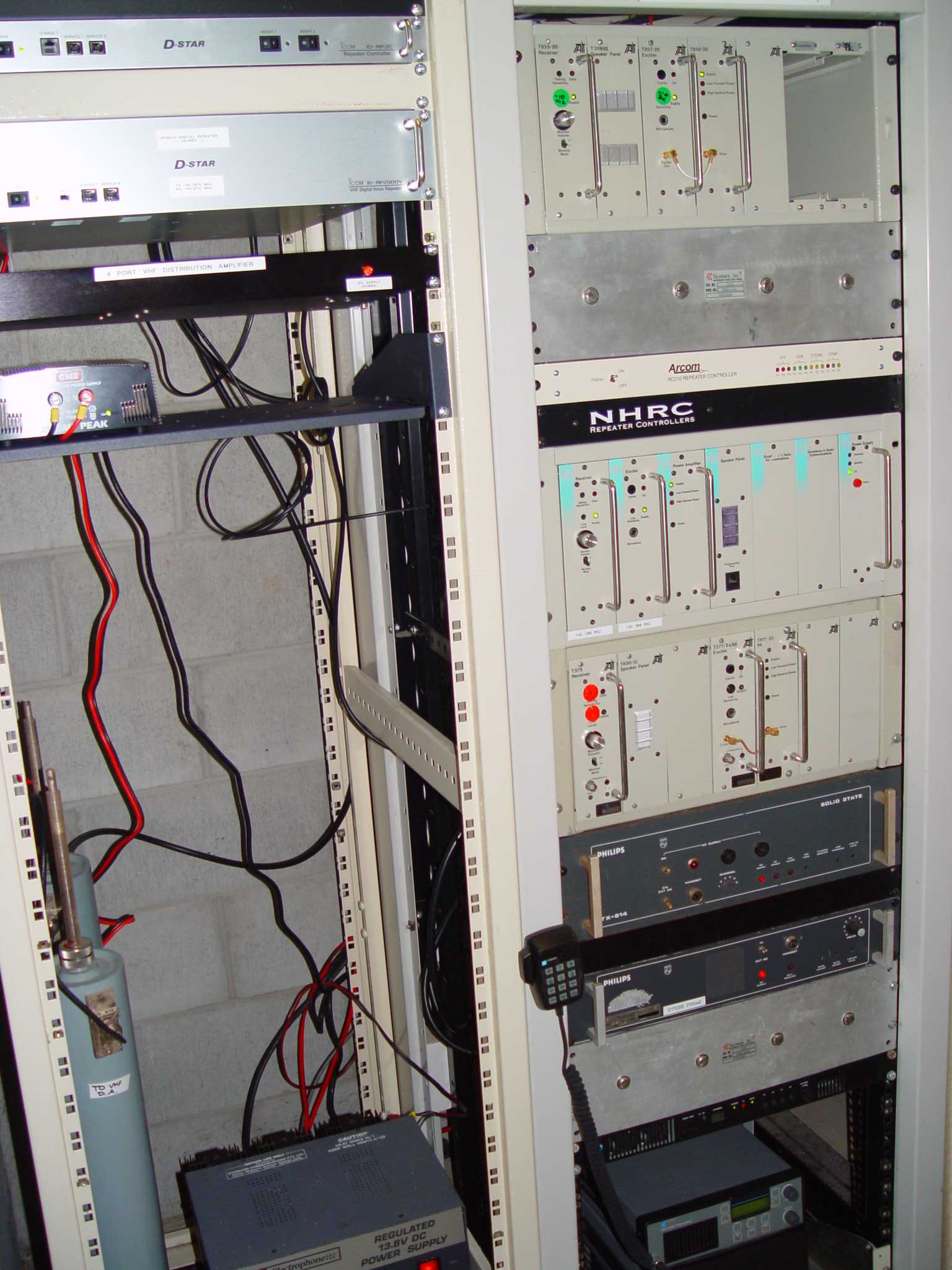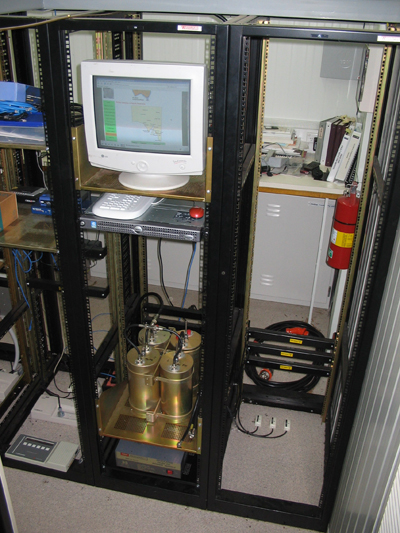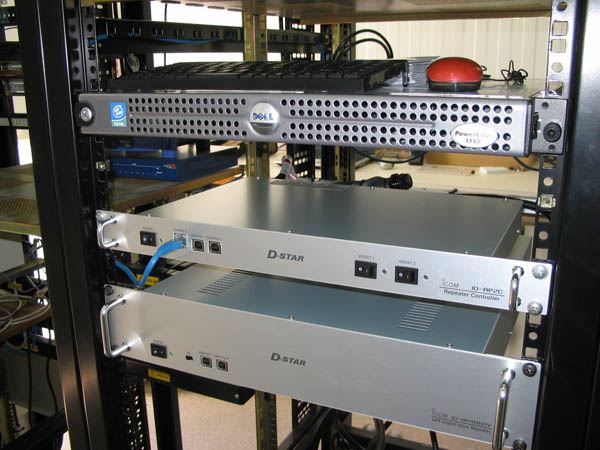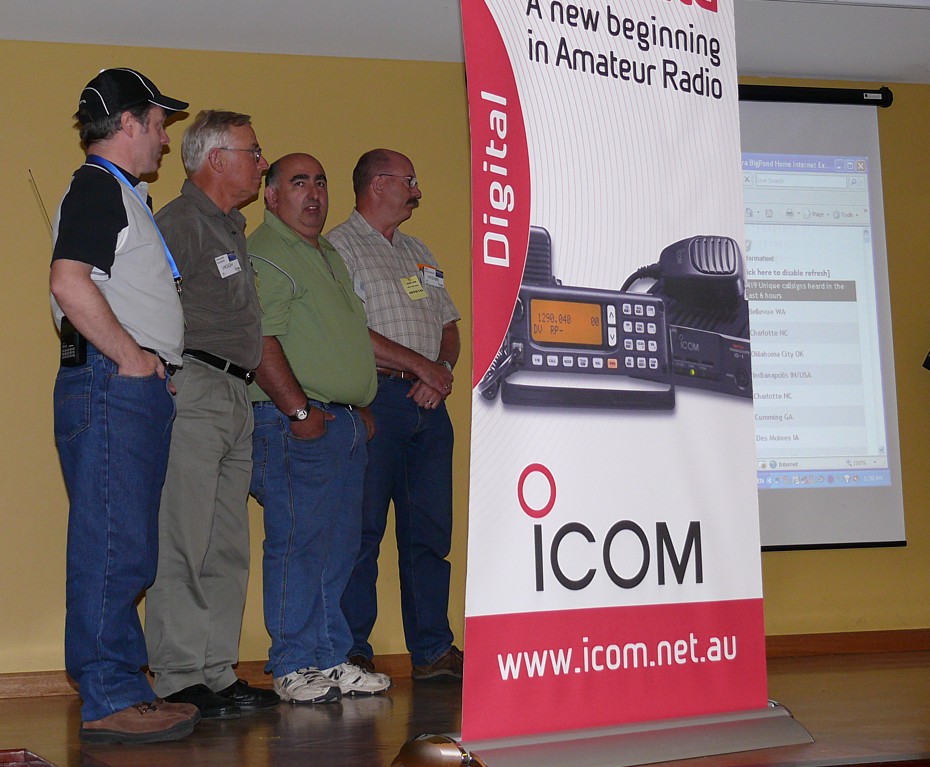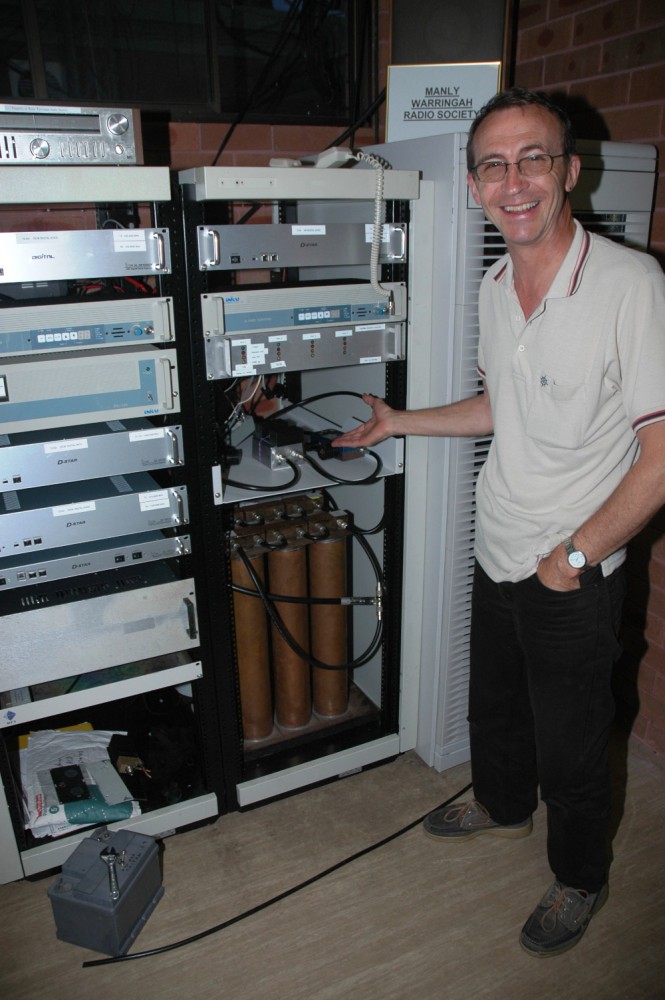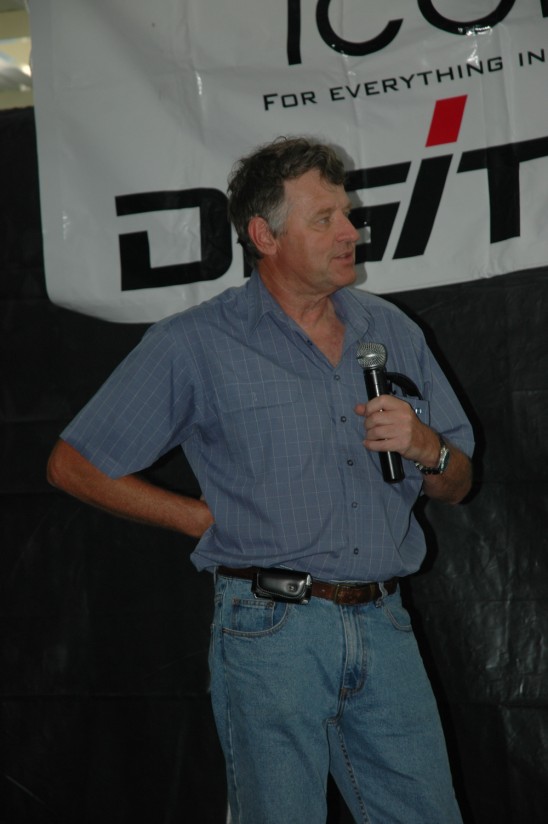D-Star Usage Guidelines:
These Guidelines have been adopted and modified from the WIA Repeater Guidelines and the Amateur Radio Victoria Voice & IRLP Repeater Guidelines to suit the Australian D-Star environment. Please take time to understand them and do not hesitate to ask questions if you are unsure of a particular guideline.
D-STAR GATEWAY REGISTRATION:
- Users wishing to use D-Star Gateway systems shall register with ONLY one D-Star Gateway.
- Registering on multiple D-Star Gateways will make his / her callsign subject to deletion from the D-Star Gateway System.
TRANSMISSION TIME:
- Keep contacts brief and to the point.
- Each transmission should not exceed two minutes.
- Most D-Star compatible radio’s are equipped with a Transmission Time-out Timer. It is recommeded that you configure this to 3 minutes to avoid embarrassment. The Timer will also minimise disruption to the repeater system if you accidentally sit on the PTT button while mobile.
- Repeaters have timers to limit transmission length. Do not reset the repeater’s timer to extend your own transmission time.
- Before replying, let the repeater “drop out” and wait at least FOUR seconds before transmitting. This allows others immediate access and for the repeater to reset correctly.
BREAKING IN:
- If you are using a repeater and another station announces its callsign during the pause, let that station go ahead immediately. He or she may have an urgent message.
- To gain access to a repeater which is being used by others, announce your callsign during the pause between overs. If you have an urgent message, it is better to say so when you announce your callsign.
CALLING CQ:
- In some parts of Australia it is not usual practice to “ask if the frequency is in use” or “call CQ” on a repeater. The most common practice is just to announce your callsign. It is courteous to follow local repeater practice.
USE OF CALLSIGNS:
- Avoid over-use of callsigns. They are required at the start and end of a contact, and at least once every ten minutes.
- Callsigns can be dropped from the start and end of transmission during a contact.
- Avoid using phonetics unless they are absolutely necessary.
USE OF D-STAR GATEWAYS OR LOCAL CROSS BAND D-STAR REPEATERS:
- If you wish to connect to another D-STAR Gateway, or local cross band repeater, make sure you announce your callsign, the D-Star Repeater Port you are calling “FROM” and the D-Star Repeater Port you are calling “TO”. For example:
“This is VK3UR operating through VK3RWN Port C and listening for any calls from the W1AW Port B repeater”.
- Using the above calling procedure advises everyone who you are, where you are calling from, and where you are calling to, so that they can set the appropriate RPT settings on their radio.
REVERSE OPERATION:
- Use reverse facilities to observe the other station’s signal strength, and if satisfactory, move to a simplex channel. This keeps the repeater clear for those who may need it.
- Please avoid simplex operation on repeater inputs, even if the channel is not in use in the immediate area. You may key up a repeater without realising it. It is also better to avoid using a repeater output frequency for a simplex contact: other stations may be able to hear a repeater on the frequency even if you can’t.
POOR CONDITIONS:
- If your signal into the repeater is reported to be marginal copy or breaking up, do not persist in using the repeater until you are able to improve your signal.
DELIBERATE INTERFERENCE:
- Ignore annoying transmissions.
- Do not respond to a transmission not identified by callsign, or even comment on it. If you do, it will only encourage the person causing the interference.
COURTESY:
- Be courteous and unselfish at all times, and always be aware of the needs of other people who have an equal right to share the repeater.
- If you hear someone new to D-Star repeater operation, assist and educate them in a courteous manner.
- Remember that others, including new or potential radio amateurs, monitor repeaters. The image of Amateur Radio is important.
